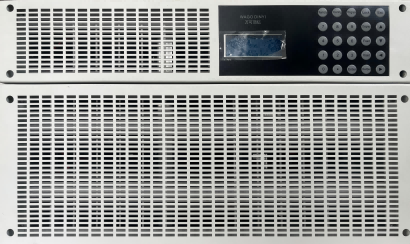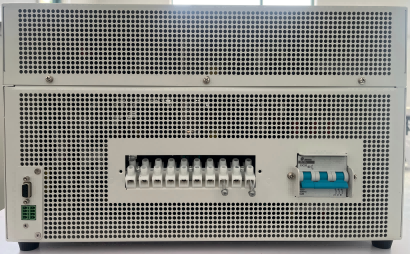circuit board testing
Circuit board testing is a critical quality assurance process that ensures the reliability and functionality of printed circuit boards (PCBs) before their implementation in electronic devices. This comprehensive testing procedure employs sophisticated equipment and methodologies to detect manufacturing defects, component failures, and potential operational issues. The testing process typically involves multiple stages, including in-circuit testing (ICT), functional testing, and environmental stress screening. Advanced testing systems utilize automated optical inspection (AOI) and X-ray inspection technologies to examine solder joints, component placement, and internal PCB layers. These systems can identify issues such as short circuits, open circuits, incorrect component values, and manufacturing defects with high precision. The testing procedures are customizable to meet specific industry requirements, from consumer electronics to aerospace applications, ensuring compliance with international quality standards and regulations. Modern circuit board testing incorporates data analytics and machine learning capabilities to improve testing accuracy and efficiency, while also providing detailed documentation for quality control and traceability purposes.




